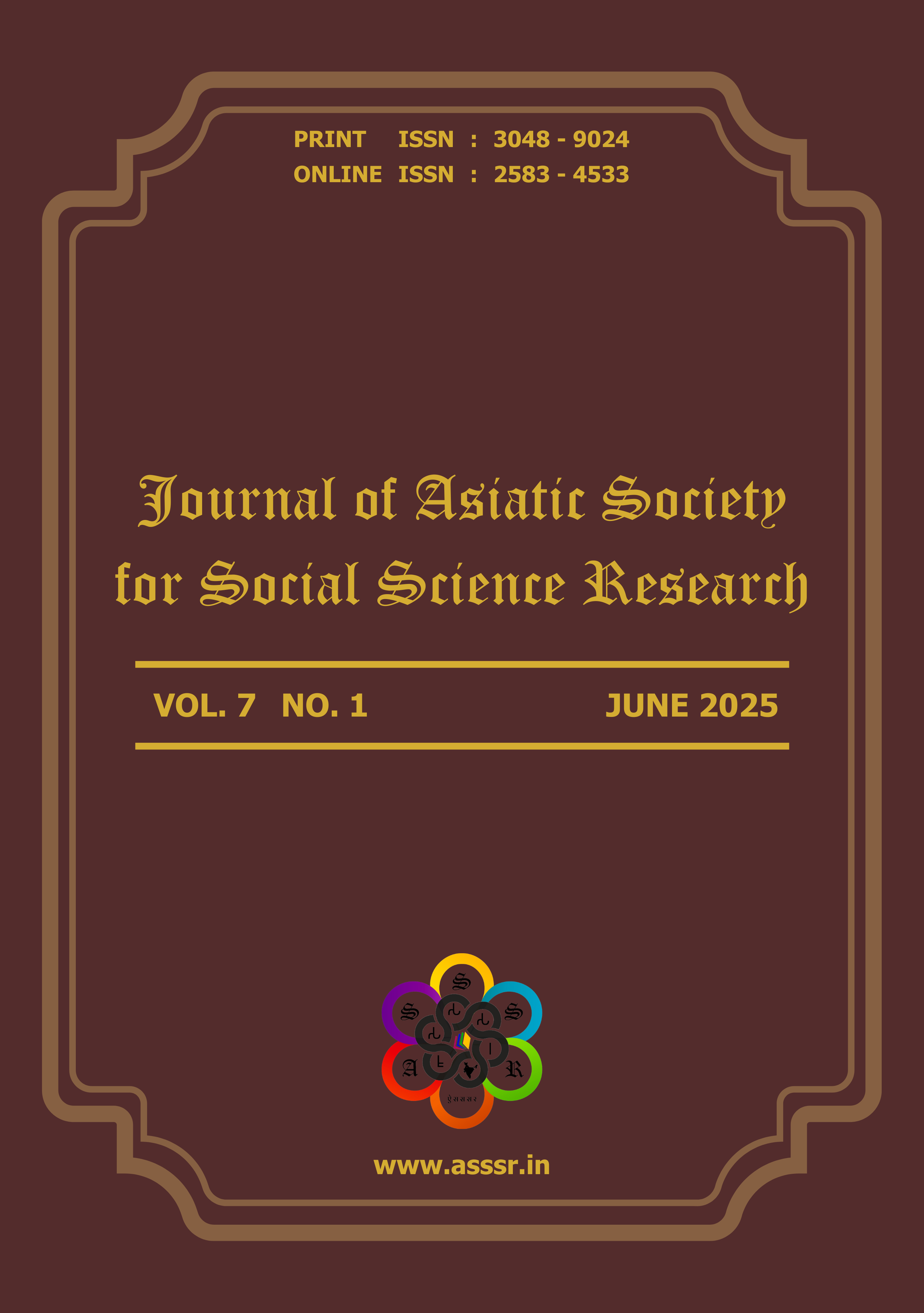Kalighat Painting
A Portrait and critique of 19th Century Kolkata Society
Keywords:
Kalighat, Colonial India, Babu, Critics, Bhadrolok, PaintingAbstract
Kalighat painting, emerging in 19th-century Kolkata, offers a vivid artistic portrayal and critique of contemporary society. Originating in the vicinity of the Kalighat temple, these paintings were created by patuas (scroll painters) who adapted traditional scroll painting techniques to single-sheet depictions, catering to the growing urban market. Characterized by bold lines, vibrant colors, and minimal background details, Kalighat paintings evolved from religious themes to a broader social commentary, reflecting the dynamic transformations of colonial Kolkata. These artworks served as a visual medium to critique social customs, hypocrisy, and moral decadence. While initially focusing on Hindu deities and mythological tales, Kalighat painters gradually turned their attention to the emerging Bengali middle class (bhadralok), colonial administrators, and everyday urban life. They depicted satirical narratives of corruption, gender roles, and social pretensions, often portraying moneylenders, profligate babus, and courtesans in exaggerated and ironic forms. The rise of a consumer culture, fueled by colonial modernity, was also reflected in their depictions of changing attire, material aspirations, and interactions between Indians and Europeans. Beyond mere satire, Kalighat paintings encapsulated anxieties surrounding socio-economic changes, the erosion of traditional values, and the impact of Western influence. The hybridization of Indian and Western artistic techniques mirrored these cultural negotiations. Despite being dismissed as folk art in the colonial period, Kalighat paintings have gained recognition as a powerful archive of 19th-century Bengali society, bridging the gap between popular art and political critique. This paper explores how Kalighat painting functioned as both a portrait and a critique of 19th-century Kolkata society. By analyzing its themes, techniques, and socio-political context, it argues that these artworks were not merely decorative but served as visual commentaries on a rapidly transforming urban landscape, offering a grassroots perspective on colonial modernity.
Additional Files
Published
How to Cite
Issue
Section
License
Copyright (c) 2025 Journal of Asiatic Society for Social Science Research

This work is licensed under a Creative Commons Attribution-NonCommercial-NoDerivatives 4.0 International License.
All right reserved.


